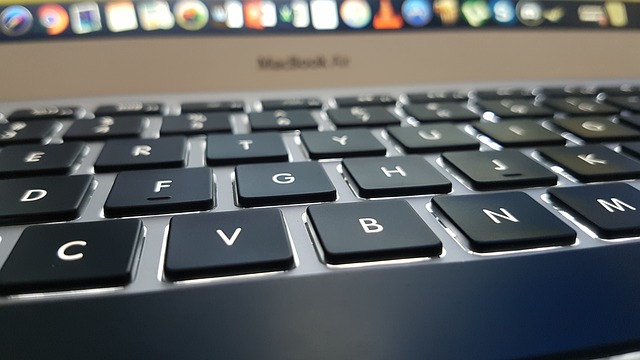Laptop Operating Systems – Which is the Best?

It is funny how times change. If you had asked anyone what operating system you should use 15 years ago, they would have fixed you with a suspicious look and asked what planet you are from, as here on Earth, we use Windows.
Over the past decade or so, however, things have changed, and the assault has come from two directions. On the one hand, Apple has taken on Microsoft at its own game. Just as Bill Gates’ company cornered the software market by making the bundled service offerings of MS Office a no brainer, the popularity and interconnectivity of Apple’s mobile devices has made one of their laptops the logical choice for many buyers. And from left field, the rise in freeware availability has made Linux a compelling choice for those on a budget. Let’s take an objective look at each laptop operating system.
Windows
It is still the biggest player, but from complete dominance a few years ago, Microsoft now has a market share of less than 50 percent. However, despite the increased competition, it still has plenty going for it, not least that it has been around for more than 30 years, and we all know our way round it. There is also an effective and mature support network around – you can guarantee that if you have a problem, someone else has had it before and found the solution.
There are cons, however, and not just the fact that it will cost you at least $100. Windows 7 in particular is quite heavy on resource usage, and can lead to hanging on lower powered machines. Windows is also by far the most exposed when it comes to viruses, so you need to be well protected.

Mac
Over the past decade, MacBooks have become an increasingly popular choice for those seeking a sleek, user friendly and premium quality laptop.
From a user perspective, it is a little different from Windows, but most MacBook owners feel completely at home within a day or two, and very few ever look back. Ten years ago, a downside was compatibility, but these days, Macs are so ubiquitous that any app worth using is available.
Support is just as strong as Windows, and if something goes wrong, you can easily find advice online or from a specialist such as Fix Apple Now.
Linux
While both Windows and Mac have been around since the dawn of time (by IT standards), Linux is the relatively new entrant, and first appeared in the early 1990s. The biggest advantage is that it is open source, so it will not cost you a cent to install.
Of course, it is not as slick or user friendly as Windows or Mac – if it was, we would all be using it – and it takes a little setting up. You can then download similar open source versions of Wordprocessing and spreadsheets apps, to be up and running at zero cost.
Which is right for you?
Ultimately, there are pros and cons to each. If you want the best of the best and are prepared to pay for it, then nothing beats a Mac. For those with a bit of IT knowledge who are on a tight budget and are not fussed about a system that looks a little old fashioned as long as it does the job, then Linux is the way to go.

